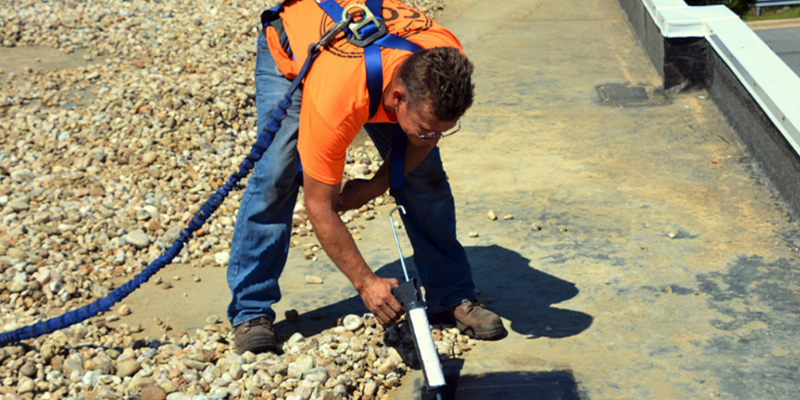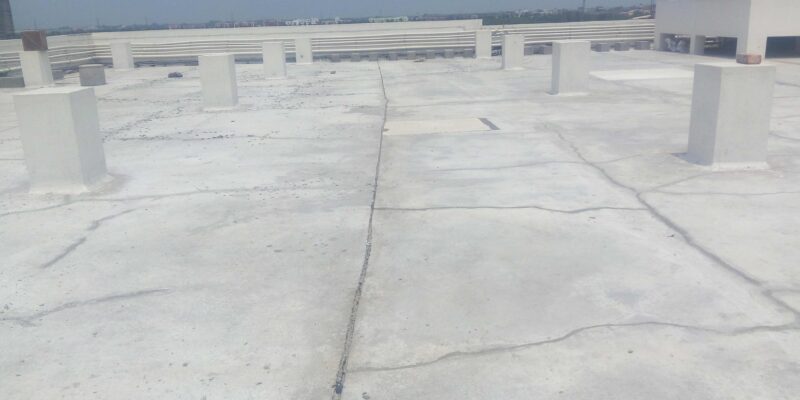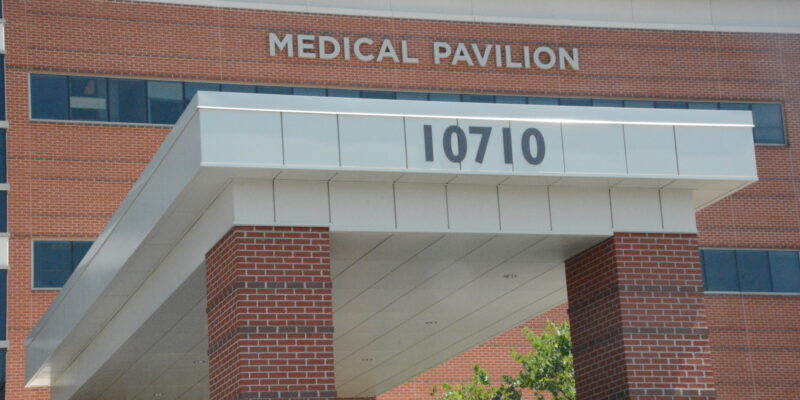As a Team Member for Cole Roofing, I am constantly asked why roofs are so expensive. Logistics, materials, access, and a whole laundry list of reasons contribute to the cost of a new roof or maintenance repairs. Even something as simple as removing debris for general housekeeping can take a small crew a substantial amount of time on larger buildings. It all adds up. At Cole Roofing, we understand what goes into a property budget, and we take pride in finding ways to work with that budget, whether it’s a capital expenditure or just preventative maintenance. Is there a way to minimize future costs and avoid surprises that will ruin a budget? The answer is “Most Definitely”, and it consists of a Roof Evaluation.
In-person roof evaluations provide pertinent information about your roofing system that wouldn’t otherwise be noticed. It’s easy to forget about the roof until a leak occurs, and roof evaluations assist with identifying issues before they turn into that leak or a more serious problem. Preventative maintenance repairs identified during a roof evaluation are less expensive than being reactive to a leak which may damage underlying insulations, roof decks, and the computer on someone’s desk. Also, the information gathered during a roof evaluation, with the completion of maintenance items, may extend the life of the roof and allow that costly capital expenditure to be deferred for a couple of years!
The team members at Cole Roofing have vast experience and education in the industry which allows us to provide thorough and accurate roof evaluations. Call Cole Roofing at 410-242-0600 for more information about roof evaluations, and schedule your evaluation today!




